
-
Featured products
 Small & Mini Mature Adult Dog Food
Small & Mini Mature Adult Dog FoodHill's Science Plan Small & Mini Breed Mature Adult Dog Food with Chicken is a complete pet food, specially formulated with ActivBiome+ Multi-Benefit Technology.
Tailored nutrition to support graceful ageing in small dogs. Specially made with a synergistic blend of nutrients for energy & vigor.Shop Now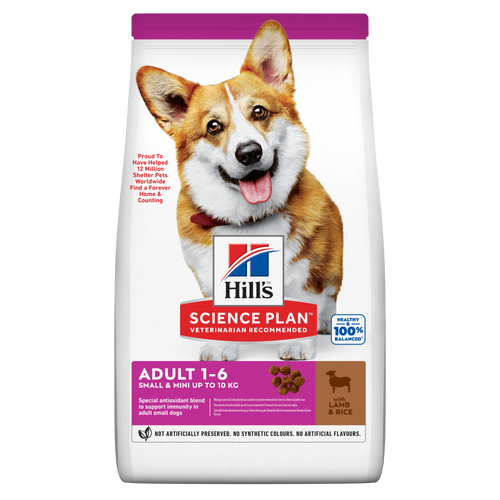 Small & Mini Adult Dog Food
Small & Mini Adult Dog FoodHill's Science Plan Small & Mini Breed Adult Dog Food with Lamb & Rice is a complete pet food, specially formulated with ActivBiome+ Multi-Benefit Technology.
Tailored nutrition for the unique needs of small dogs during the prime of their life.Shop Now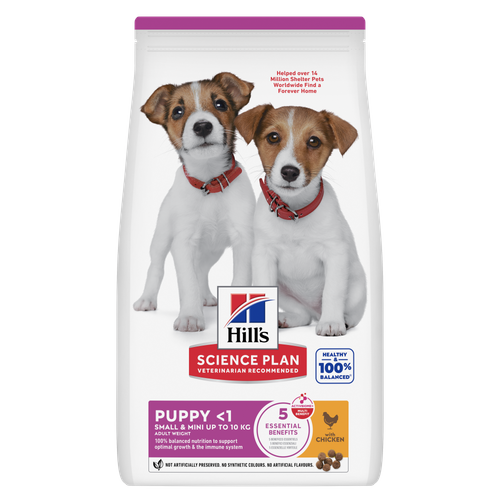 Small & Mini Puppy Food
Small & Mini Puppy FoodHill's Science Plan Puppy Small & Mini Breed Dog Food with Chicken is a complete pet food, specially formulated with ActivBiome+ Multi-Benefit Technology.
100% balanced nutrition to support optimal growth & the immune system.Shop NowFeatured products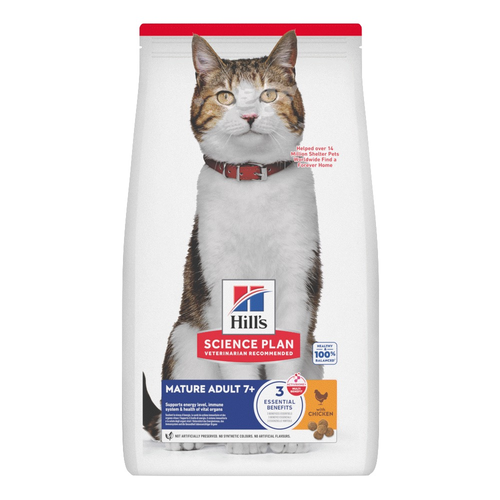 Mature Adult Cat Food
Mature Adult Cat FoodHill's Science Plan Mature Adult Cat Food with Chicken is a complete pet food, specially formulated with ActivBiome+ Multi-Benefit Technology.
This food supports graceful aging in cats, providing a synergistic ingredient blend to help support energy & activity levels.Shop Now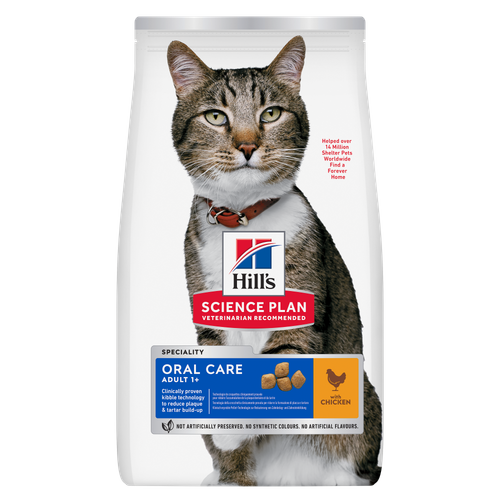 Oral Care Adult Cat Food
Oral Care Adult Cat FoodHill's Science Plan Oral Care Adult Cat Food with Chicken contains clinically proven kibble technology to reduce plaque & tartar build up.
Shop Now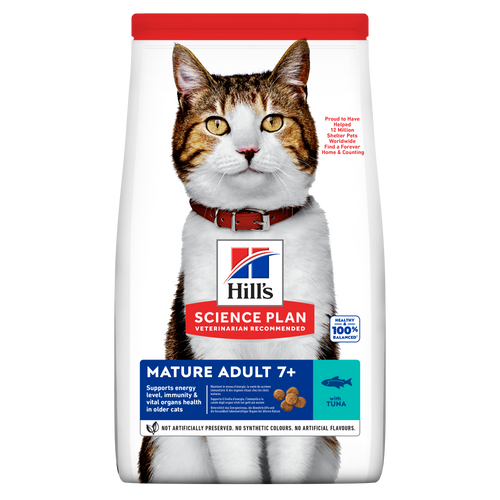 Mature Adult 7+ Cat Food
Mature Adult 7+ Cat FoodHill's Science Plan Mature Adult Cat Food with Salmon is a complete pet food, specially formulated with ActivBiome+ Multi-Benefit Technology.
This food supports graceful aging in cats, providing a synergistic ingredient blend to help support energy & activity levels.Shop Now -
Dog
- Dog Tips & Articles
-
Health Category
- Weight
- Food & Environmental Sensitivities
- Urinary
- Digestive
- Joint
- Kidney
-
Life Stage
- Adult Nutrition
Cat- Cat Tips & Articles
-
Health Category
- Weight
- Skin & Food Sensitivities
- Urinary
- Digestive
- Kidney
-
Life Stage
- Kitten Nutrition
- Adult Nutrition
Featured articles The Right Diet For Your Pet
The Right Diet For Your PetIn people, the right diet is very important. If you are eating the wrong way for your metabolism, activity level, age and lifestyle you could end up with health issues.
Read More The Incredible Science Behind Your Pet's Microbiome
The Incredible Science Behind Your Pet's MicrobiomeLearn what your pet's microbiome is, how it contributes to your pet's gut and overall health, and why nutrition is important in maintaining healthy microbiomes.
Read More Proteins
ProteinsTo make a protein, amino acids are linked together in a long chain. The chain is then bundled into to a three-dimensional structure, like a tangled ball of yarn.
Read More -


Letting your dog spend time outside can offer them fresh air, stimulation, and exercise. But is it safe to leave a dog outside for long periods? The answer depends on many factors. Weather conditions, exposure to hazards, lack of shelter, and even loneliness can pose serious risks.
Here’s everything you need to know to keep your dog safe outdoors year-round—whether they’re outside for a short play session or an extended period.
Is It Safe to Leave Your Dog Outside for Long Periods?
Even the most well-trained dog faces potential dangers when left outdoors unsupervised:
Exposure to extreme weather (heat or cold).
Contact with poisonous plants or chemicals.
Risk of attack by wild animals or other pets.
Boredom, loneliness, or anxiety.
Dogs are social, pack-oriented animals. They may enjoy some time outside, but they thrive when they feel connected to their family. If your dog will be outside for more than a few minutes, certain safety precautions are essential.


Tasty Tips
Weather Conditions: Protecting Your Dog from the Elements
Dogs are vulnerable to both heat and cold. Here’s how to keep them safe in every season:
Hot Weather Tips:
Always provide cool, fresh drinking water. Avoid lightweight bowls that tip over. Burying a bucket in the ground and adding ice cubes can help keep the water cool.
Offer ample shade using trees, patio umbrellas, or a covered kennel. Dogs can get sunburned, especially on their ears and noses.
Avoid hot surfaces like pavement or sand that can burn paw pads. Stick to grass or shaded areas.
Monitor for signs of heatstroke, including heavy panting, drooling, vomiting, red or blue gums, and lethargy. Act quickly by moving your dog to shade and offering water.
Cold Weather Tips:
Provide a warm, insulated dog house that’s waterproof and windresistant.
Line the kennel with blankets in winter and use warming lamps safely to maintain warmth.
Short-haired dogs may need an extra layer—like a pet sweater or coat.
Avoid rock salt and de-icers, which can irritate paws and are toxic if ingested.
Shovel pathways through deep snow and never leave your dog in deep snow unattended.
Outdoor Safety Tips for Dogs
Shelter and Access:
If your dog must be outdoors for long periods, invest in a high-quality kennel. It doesn’t need to be huge—just large enough for your dog to turn around and lie down comfortably.
Install a secure fence to prevent escapes and protect against other animals.
Make sure your dog has access to food, water, and a place to relieve themselves at all times.
Hazards to Avoid:
Toxic chemicals like antifreeze, gasoline, and lawn treatments.
Sharp tools or debris in garages or sheds.
Garden plants and backyard ponds without barriers.
Doggie Doors:
If using a doggie door, supervise usage. Don’t rely on your dog to selfregulate their time outside.
Always lock the doggie door at night to prevent nighttime exposure or intrusions.
Warning Signs to Watch For
Signs of Heatstroke:
Excessive panting.
Drooling.
Vomiting or diarrhoea.
Blue or bright red gums or tongue.
Weakness or collapse.
Signs of Hypothermia:
Pale or blue mucous membranes.
Extreme shivering.
Weak pulse or slow heart rate.
Body temperature below 35°C.
Stupor, disorientation, or unconsciousness.
If you notice these symptoms, bring your dog indoors immediately and contact a vet
Emotional Well-Being Matters, Too
Your dog’s mental and emotional health is just as important as their physical safety. Dogs are loyal companions who want to be near their families. Prolonged isolation can cause stress, anxiety, and behavioral issues. Give your dog time outdoors, but always keep the door open—literally and figuratively—for them to return inside and be part of the pack.
Final Thoughts
Spending time outside can be enriching and healthy for your dog—but only when done safely and responsibly. Whether it’s protecting them from extreme weather, offering secure shelter, or keeping them emotionally supported, taking the right precautions ensures your dog stays safe, happy, and part of the family—indoors or out.


One of our staff authors prepared this article for you
Related products
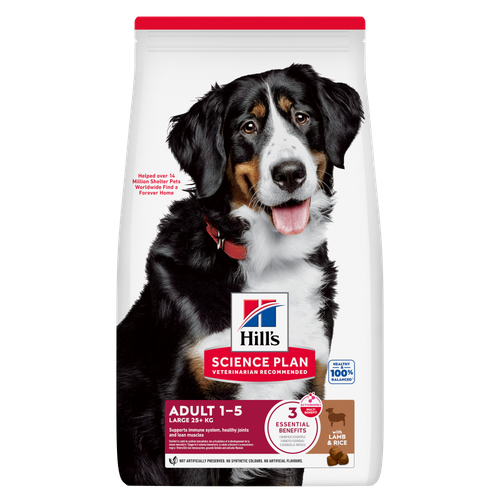
Hill's Science Plan Large Breed Adult Dog Food with Lamb & Rice is a complete pet food, specially formulated with ActivBiome+ Multi-Benefit Technology.
This food is specifically designed to fuel the energy needs of large breed dogs during the prime of their life.
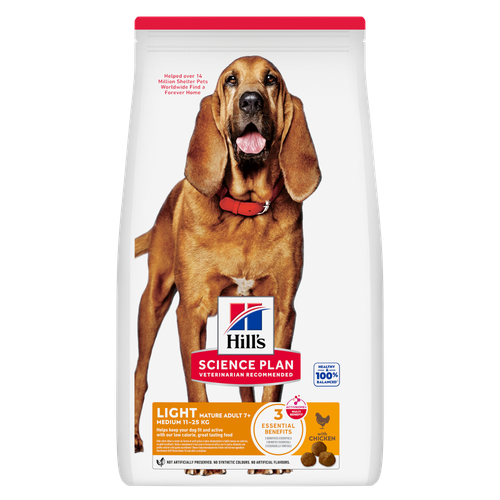
Hill's Science Plan Light Mature Adult Medium Dog Food with Chicken is a complete pet food, specially formulated with ActivBiome+ Multi-Benefit Technology.
Helps keep your dog fit and active with our low calorie, great-tasting food.
Precise nutrition for less active mature adult dogs that require a low calorie food to help maintain a healthy weight & lifestyle.

Hill's Science Plan Healthy Mobility Medium Breed Adult Dog Food with Chicken provides advanced nutrition to support joint health and improve mobility.
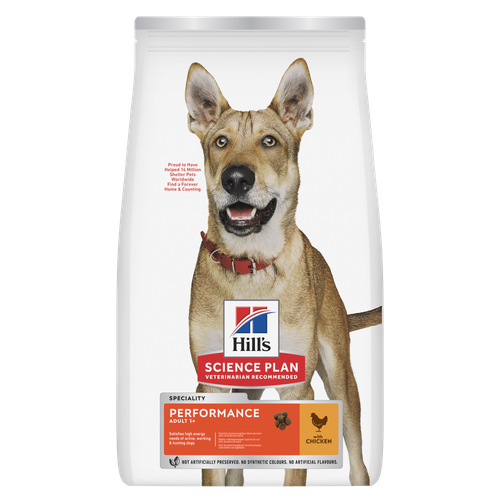
Hill's Science Plan Performance Adult Dog Food with Chicken is formulated to meet the additional energy needs of active, working and hunting dogs.
Related articles

Learn about the symptoms, causes and treatments of dry puppy skin and how to provide relief for your dog. For expert skin care advice, visit Hill's Pet MT.

Learn more about the problem of dog obesity and more importantly, what you can do to help your dog avoid becoming overweight.

Learn what you can feed your pregnant or nursing dog to keep her and her new pups healthy.

Learn the the dangers of feeding your dog chocolate, which types are most dangerous, and what to do if you discover that they have consumed chocolate.

Put your dog on a diet without them knowing
Our low calorie formula helps you control your dog's weight. It's packed with high-quality protein for building lean muscles, and made with purposeful ingredients for a flavorful, nutritious meal. Clinically proven antioxidants, Vitamin C+E, help promote a healthy immune system.
Put your dog on a diet without them knowing
Our low calorie formula helps you control your dog's weight. It's packed with high-quality protein for building lean muscles, and made with purposeful ingredients for a flavorful, nutritious meal. Clinically proven antioxidants, Vitamin C+E, help promote a healthy immune system.

